Realising that I had the simple yet inescapable choice to finally look into a strong and stable life-management system or chaos continuum, I started searching around on Friday 24th Nov when I said to myself "I feel that if I set the budget for the HMD to be £400 - £600, I'd find something easy.". My subconsious effectively replied "Citation needed.".
I've tried the Rokid Max HMD's, but there are 3 main issues that mean that it and glasses like it can't be used:
- The real world is very dark.
- The FOV is blocked by non-transparent elements, most notably the bottom frame cutting right in the middle of the main "action area" of vision.
- IPD does not match my own.
There's also the 4rd point of weight, but that can be solved with making some sort of hat mount or buying a glasses holder.
With the above issues identified, I started searching and these are the results that I found.
INMO Go
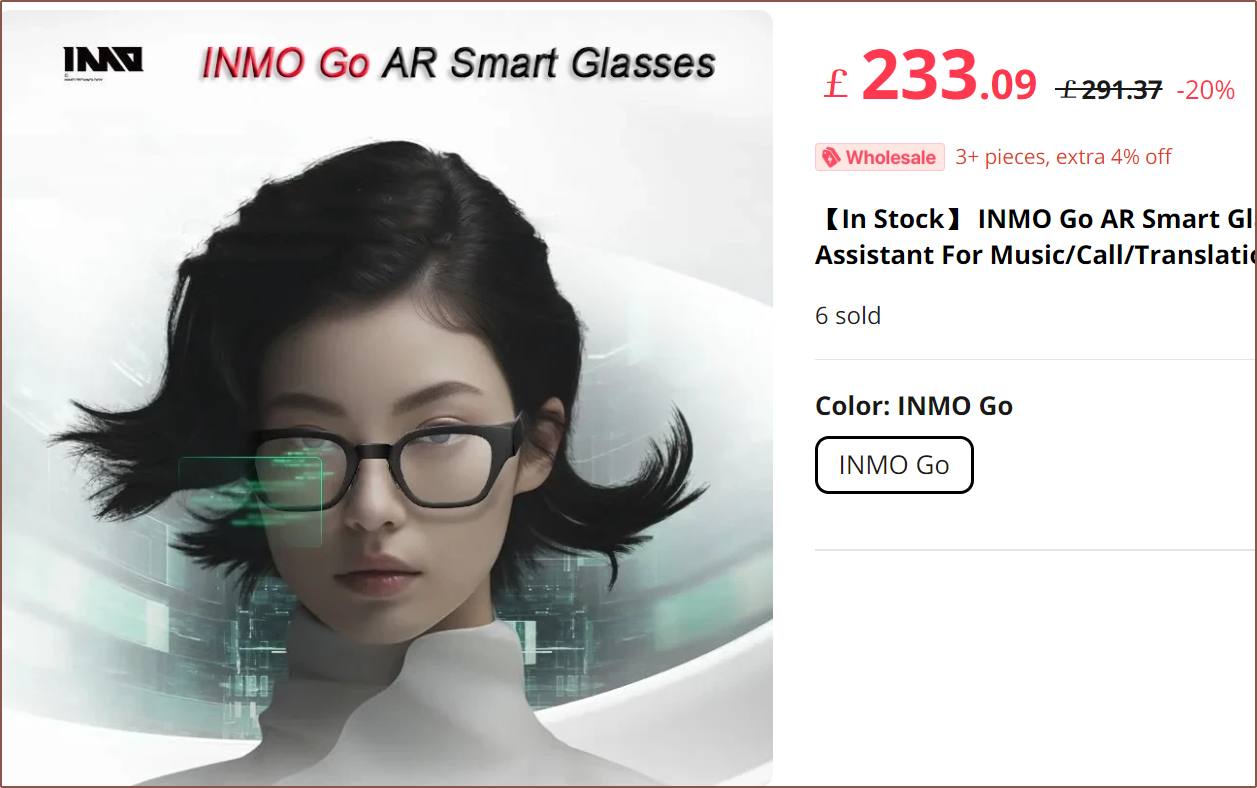 It's green only, so likely wouldn't work very well for the kind of interface I want. It's the cheapest one and is claimed to have a fair good bit of battery life though.
It's green only, so likely wouldn't work very well for the kind of interface I want. It's the cheapest one and is claimed to have a fair good bit of battery life though.INMO Air2
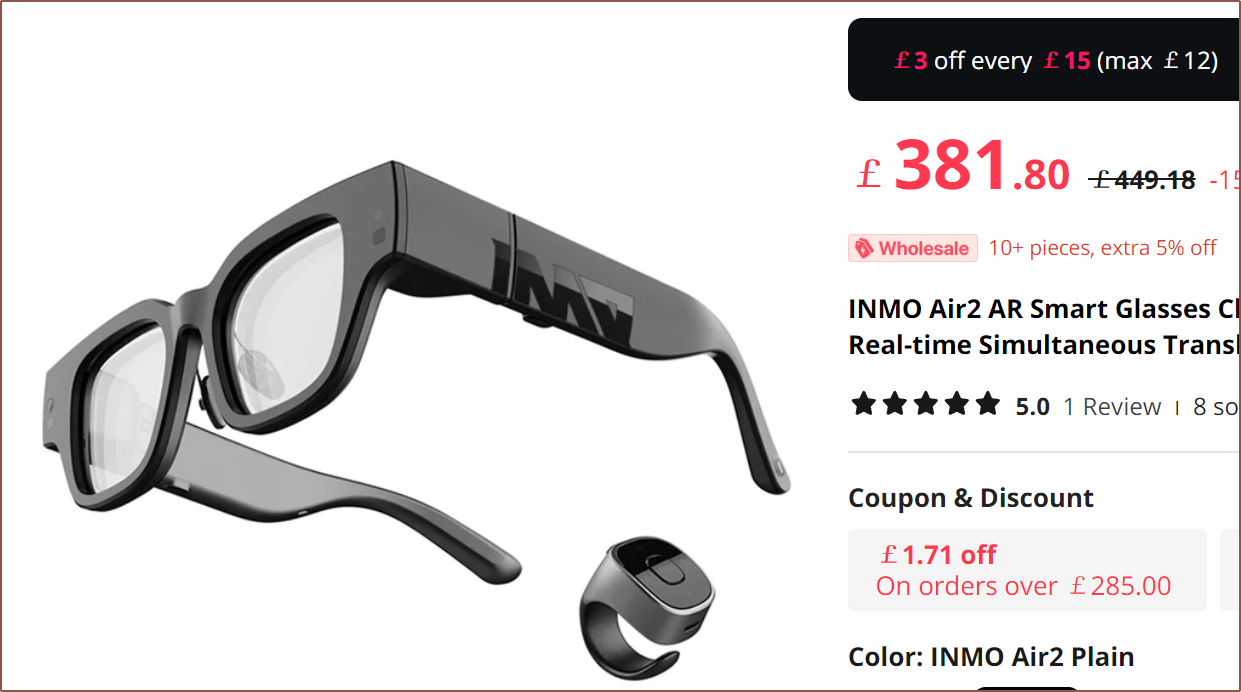
I think the global edition is just making it's way out. My concern with this is that
- It's 26 degree FOV at 640*400, meaning 25PPD.
- The stems may block peripheral vision.
Arkkov A1
 The cool thing about these is that they have 60% transparency and electrochromic lenses (something I was trying to find for #T^2 TyMist [gd0138]). There's a bit of a confliction though, as it claims 58PPD yet taking in the FOV and resolution, should be the same as the Rokid Max at 40PPD (which has a 55 degree FoV). Might just conflicting information:
The cool thing about these is that they have 60% transparency and electrochromic lenses (something I was trying to find for #T^2 TyMist [gd0138]). There's a bit of a confliction though, as it claims 58PPD yet taking in the FOV and resolution, should be the same as the Rokid Max at 40PPD (which has a 55 degree FoV). Might just conflicting information:
The issue of IPD may be apparent in this one.
[4 Dec: Edit 3] Found this video that has this:

Putting that into the PPD calculator gets a horizontal/vertical/diagonal FOV of 33.1 / 18.6 / 37.97 degrees, so it seems that the PPD is the correct value in the listings.
[/E3]
RayNeo X2
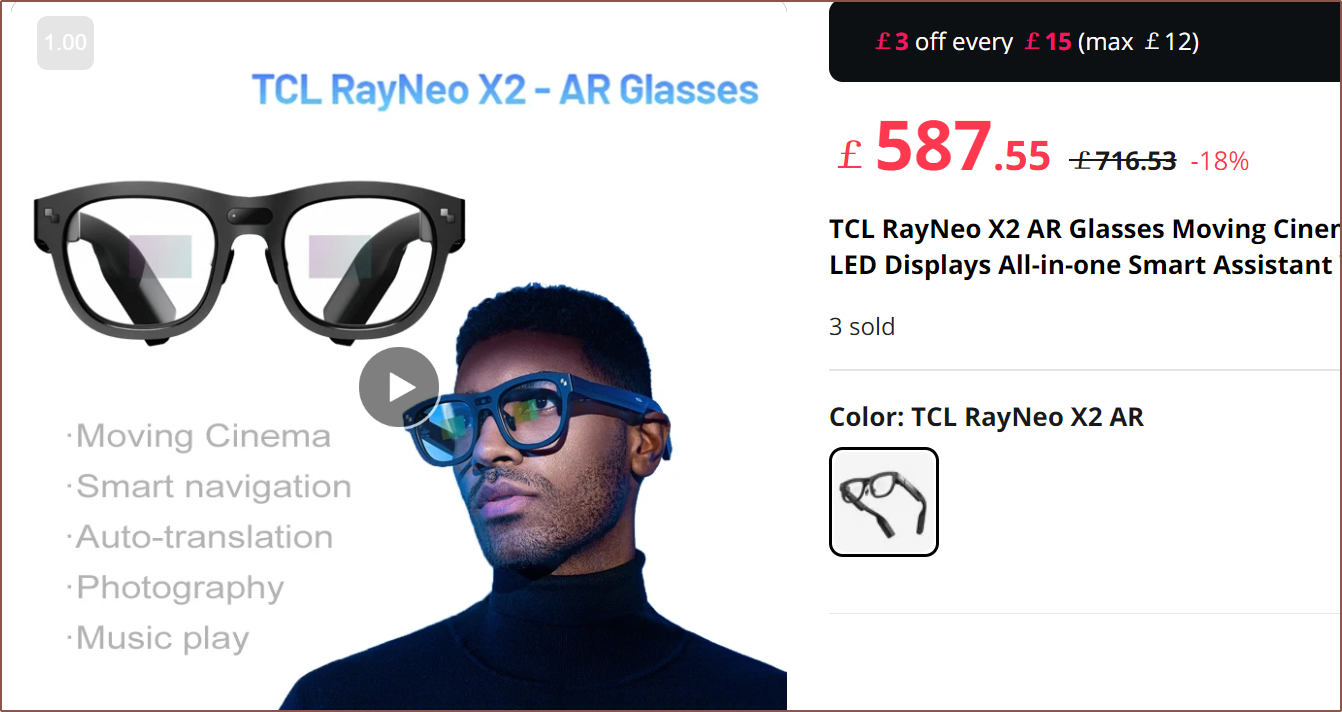
One of the most performant looking glasses, but since the actual resolution of the display isn't mentioned and the main website says "coming soon", I'm not entirely sure if this is even out yet.
[4 Dec: Edit 3] I found out that there's an Android 12 SDK here. As far as Android is concerned, the glasses have 1 long screen and the app has to be written to display correctly. There's also this video that has a lot more information:
Dual freeform optics
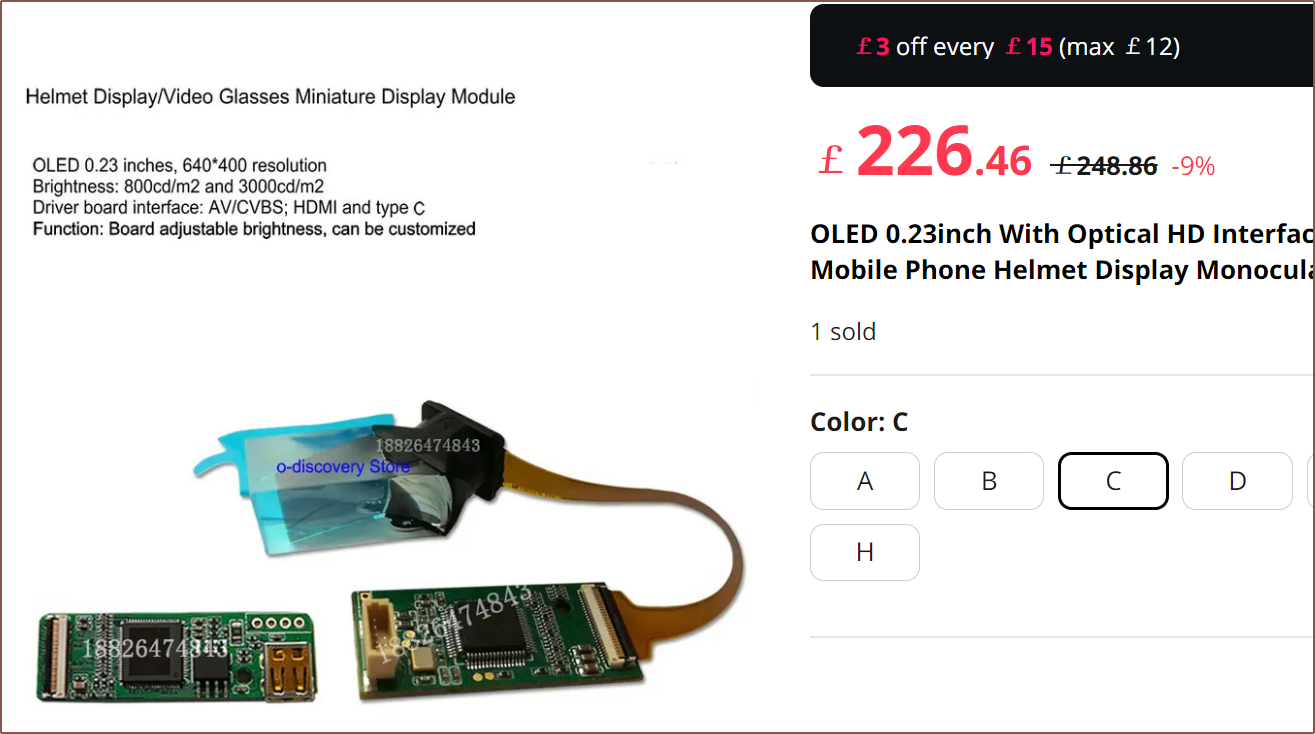
In an attempt for a symmetric solution that gets me a combined 1280 * 400px of resolution, I'm planning to create something like this:
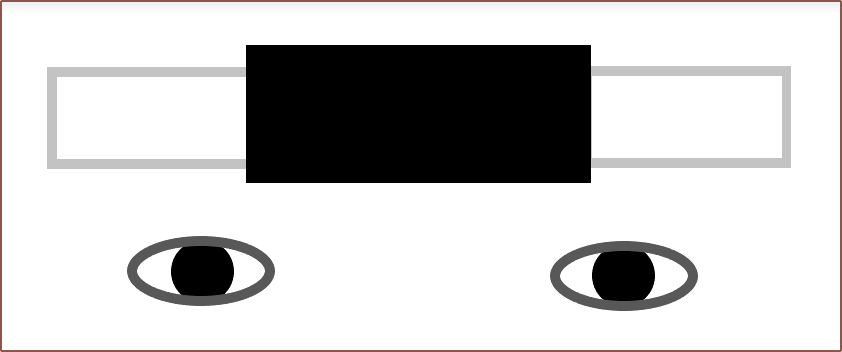
This is so that when one eye is looking at a prism, the other eye is looking at the black enclosure that connects the two together. This both mitigates visual crosstalk and helps keep the real world light intensity consistent. What do I mean by the latter?
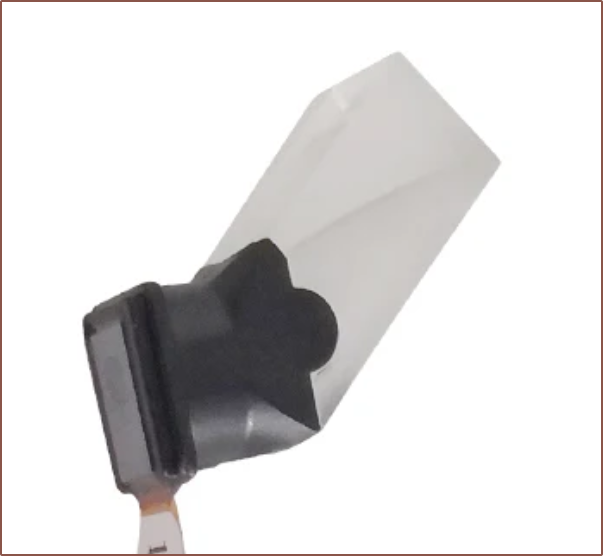
It looks like freeform optics is actually working on the combined principles of bug-eyed combiners and the prism used in 90 degree glasses.
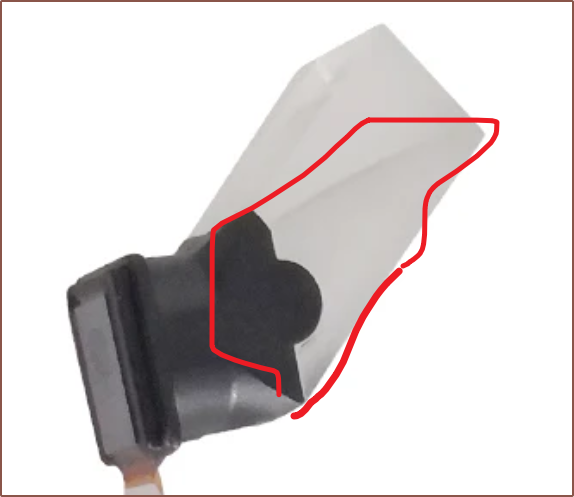 This part crudely highlighted in red is doing most of the work, and the other half is just so that the incoming light from the real world isn't distorted. The image from the display comes in, TIR's off the flat face, and heads towards the curved section. The seller advertises a 60% light efficiency, so I believe that the middle of these freeform optics is coated to make it a 60 : 40 (or 70 : 30 if accounting for any other losses in the system) beamsplitter. The light then doesn't TIR but instead goes through the flat section into the eye.
This part crudely highlighted in red is doing most of the work, and the other half is just so that the incoming light from the real world isn't distorted. The image from the display comes in, TIR's off the flat face, and heads towards the curved section. The seller advertises a 60% light efficiency, so I believe that the middle of these freeform optics is coated to make it a 60 : 40 (or 70 : 30 if accounting for any other losses in the system) beamsplitter. The light then doesn't TIR but instead goes through the flat section into the eye.This means that only up-to 40% of real world light gets through, resulting in darkening:
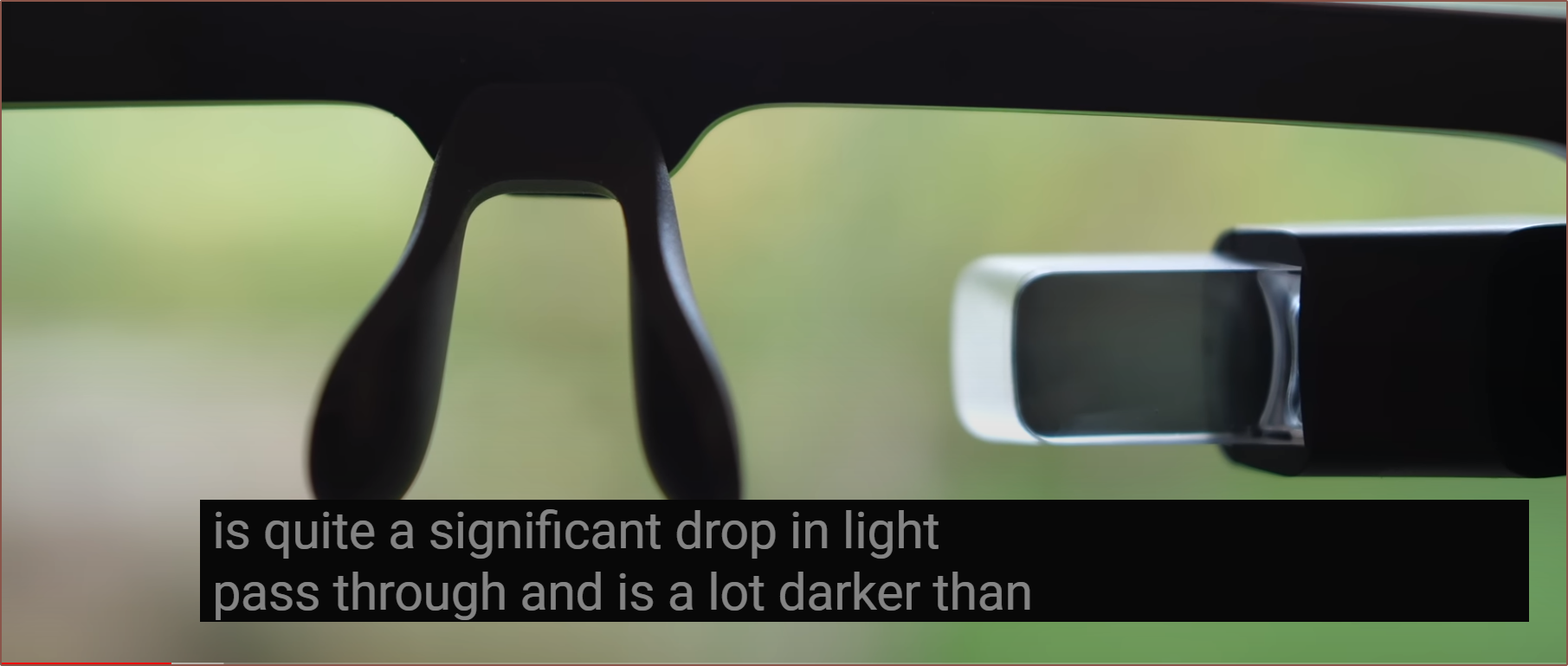
I plan to put these prisms at the upper edge of my vision, so that it's out of the way until I want to glance at it. The hope is that it looks a bit like a heads-up Dynamic Island:
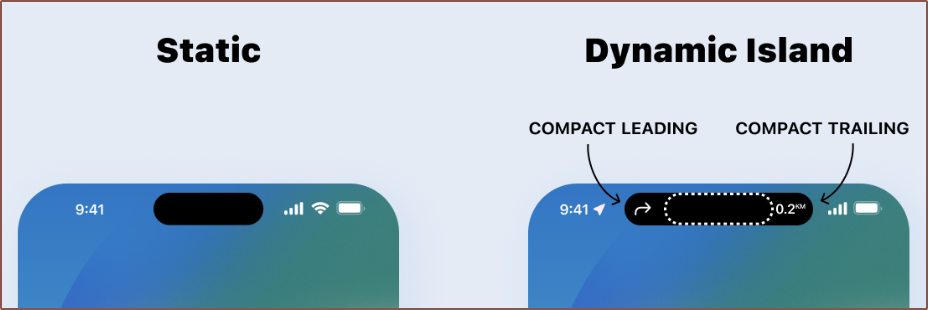
The hurdle I've hit so far is that the driver boards are either AV or HDMI. I'm reading around and the general feel I'm getting is that creating an AV signal is quite a lot of work, but I believe that HDMI-outputting microcontrollers are a rarity. The actual display itself is 16/24-bit RGB which is supported by many microcontrollers that have the pins, and the AV/HDMI board alone is £60/each, so I'm looking to see what can be DIY-ed.
Brilliant Labs has a schematic, which is very useful as I was wondering what kind of FPC connector was used.
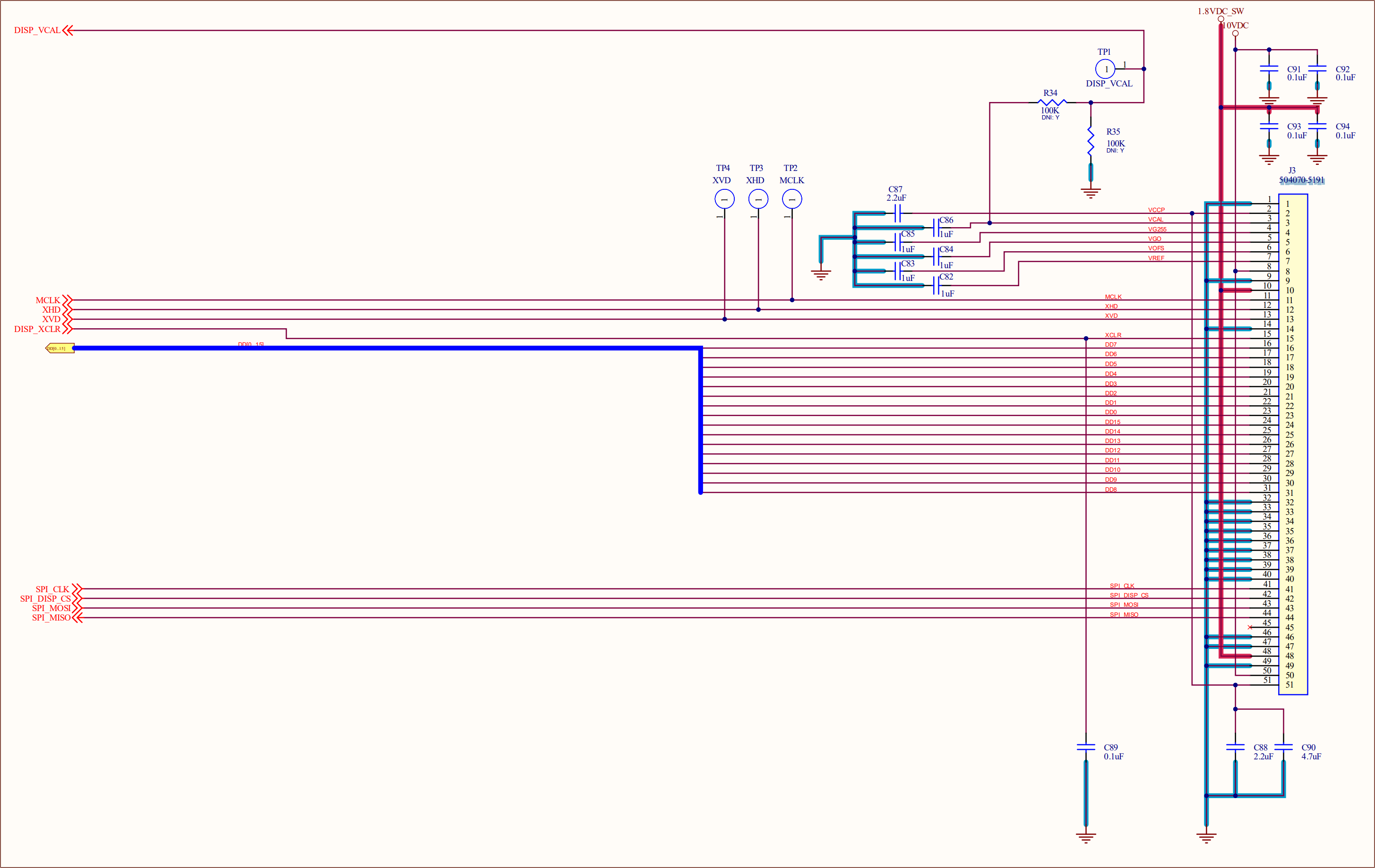
It seems that ST has solutions made for GUI development, as well as chips to run them. Worst case scenario is that I'd have to use 1 chip for each display, but many chips I'm seeing (such as the STM32U5) have like 80+ GPIOs so hopefully that means I can run 2x 24bit displays. I probably need to make sure I have at least 1536KB of RAM, going from my calculations.
[29 Nov]
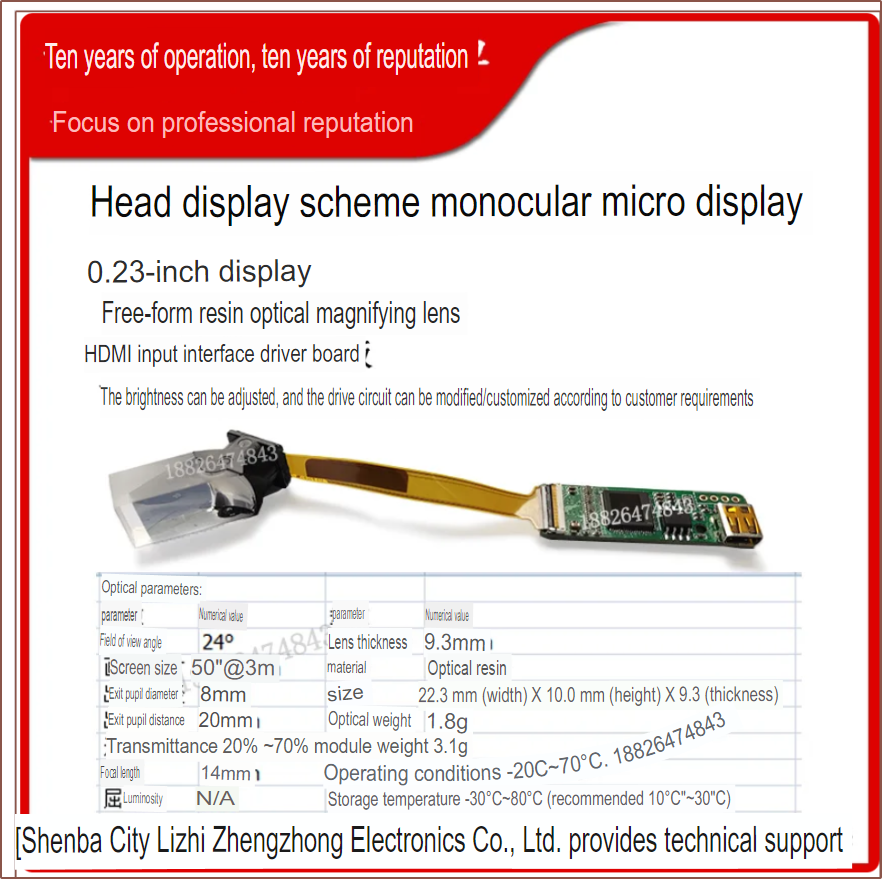
I got Yandex to translate the image of the specs. I was expecting the module to weigh a lot more than 3 grams.

The FOV listed is the diagonal. The virtual image is much larger than I would've liked. Still, I think it'll be fine (I set my calipers to 10mm (height of prism) and put it 20mm away from my eye (exit pupil distance).
On the other hand, I wonder if I should just wrip and tear into some INMO Air2's instead.
[30 Nov] I've asked to see if I could just buy the Sony ECX336CN display + prism, and I actually can for £170 + £5 shipping:
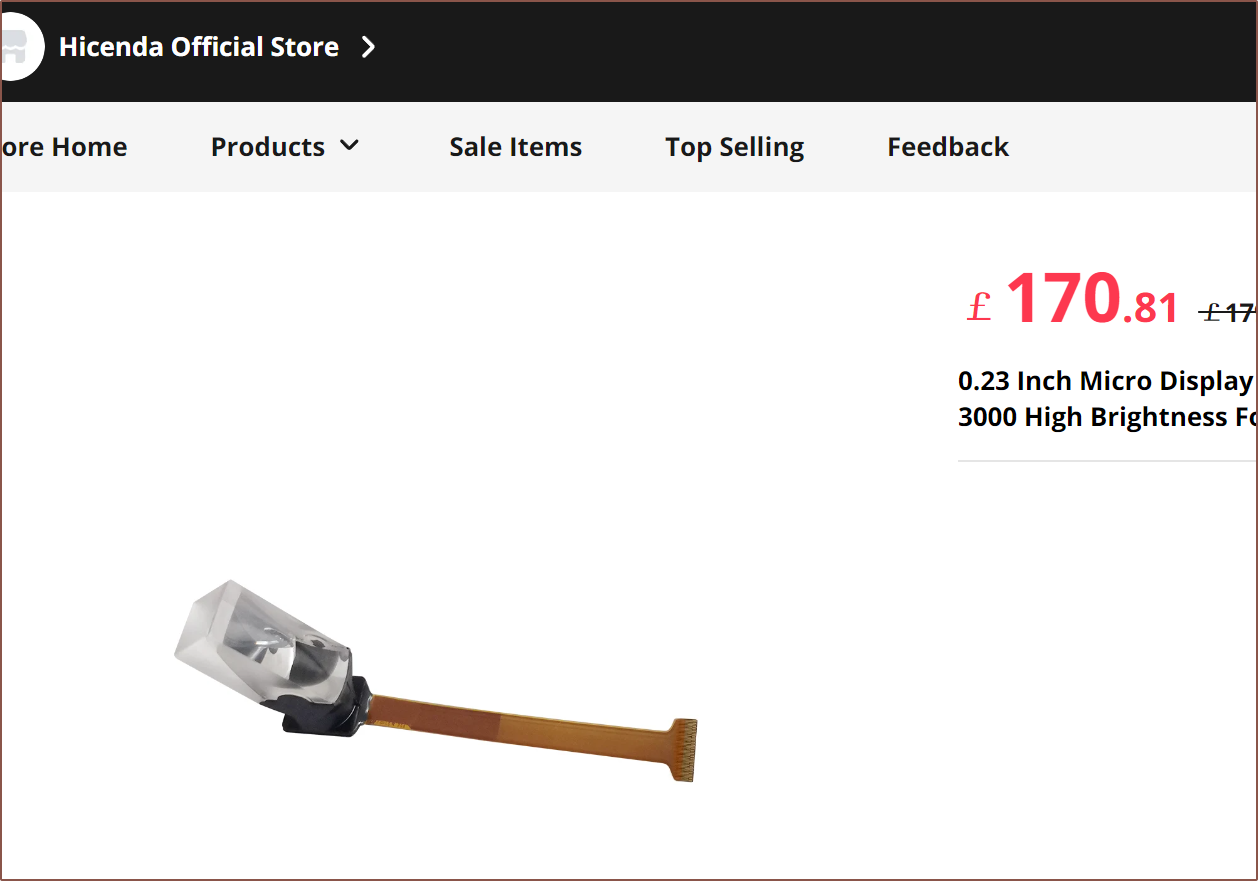

I also got some datasheets and it's nice to know that the displays will draw a combined total of max 360mW. Assuming 90% efficiency, I'd need at least 2.6Ah of battery to run these for 24 straight hours. Thus, it may be possible to actually get 24 hour battery life from a single 3.4Ah 18650 cell even when the processing device is taken into account.
 kelvinA
kelvinA
Discussions
Become a Hackaday.io Member
Create an account to leave a comment. Already have an account? Log In.